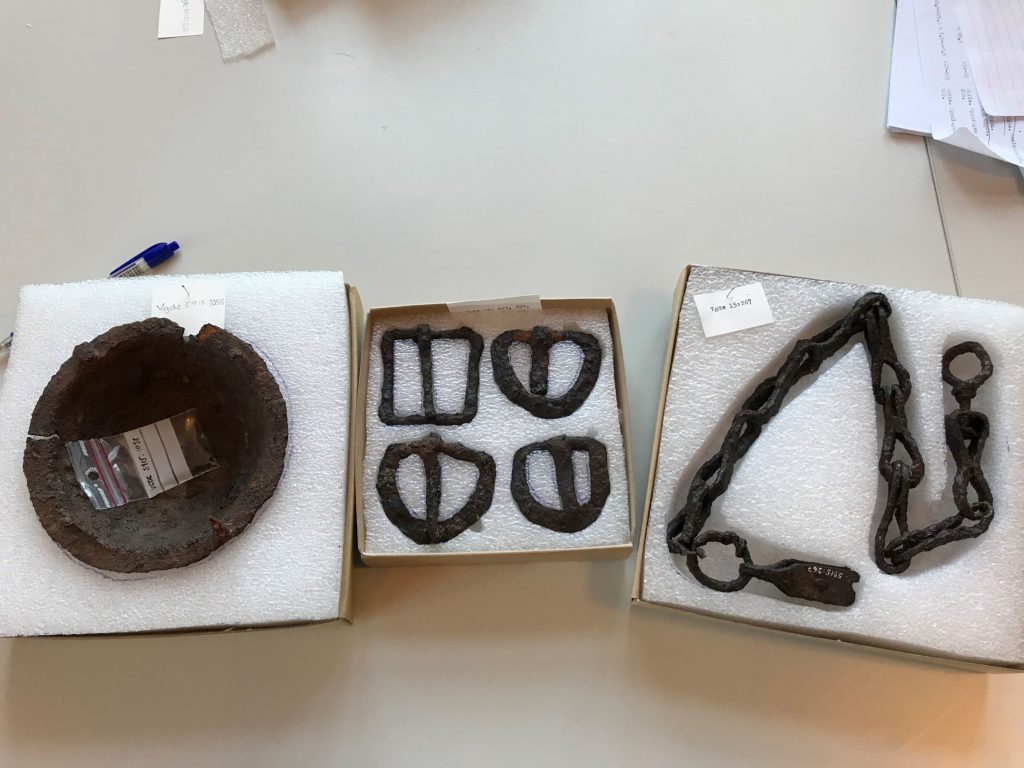Maureen Ikhianosen Onwugbonu Masters in Digital Humanities
Internship Dates: 20th January – 24th January, 2020
GUSTAVIANUM STORAGE FACILTY – UPPSALA
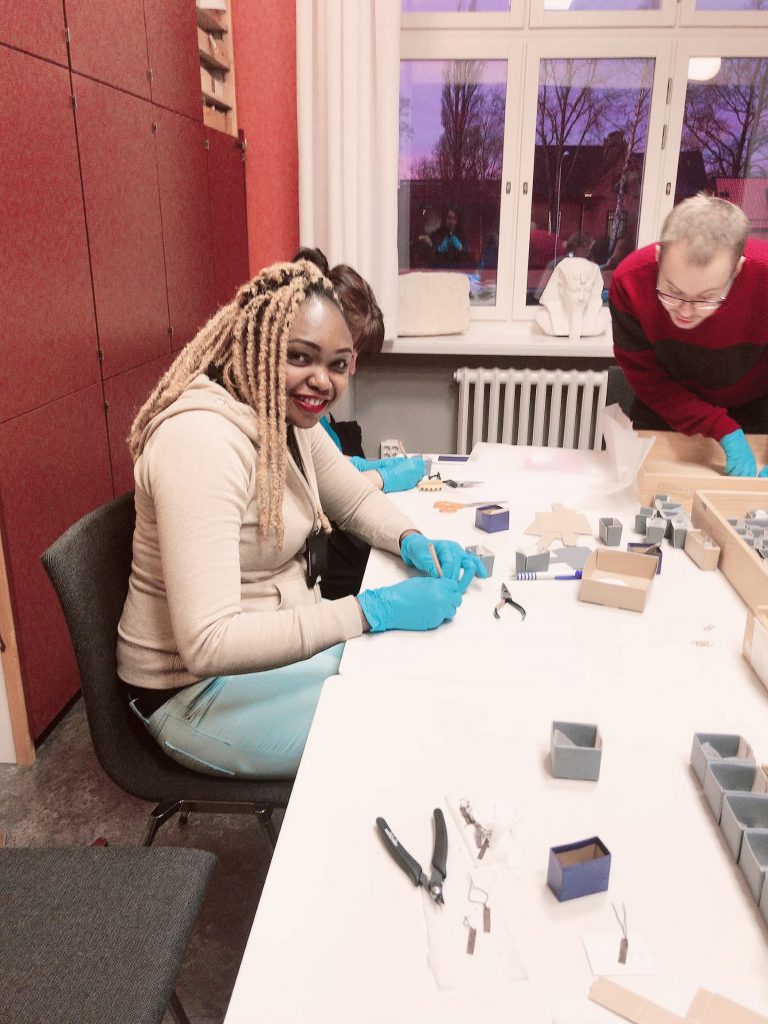
During the internship I was made to understand that it is necessary for museum collections to be documented. Not just documented but it should be according to professional standard which includes a full identification and description of each object, its associations, provenance, condition, treatment and present location. All information should be kept and made available giving access to museum personnel and other users.
Internship description
I had the opportunity to work in different sections, all in connection to different boat graves. Boat graves 15 and 12 precisely. First section was working on boat rivets and documenting, the second was to digitize objects and lastly carve polystyrene.
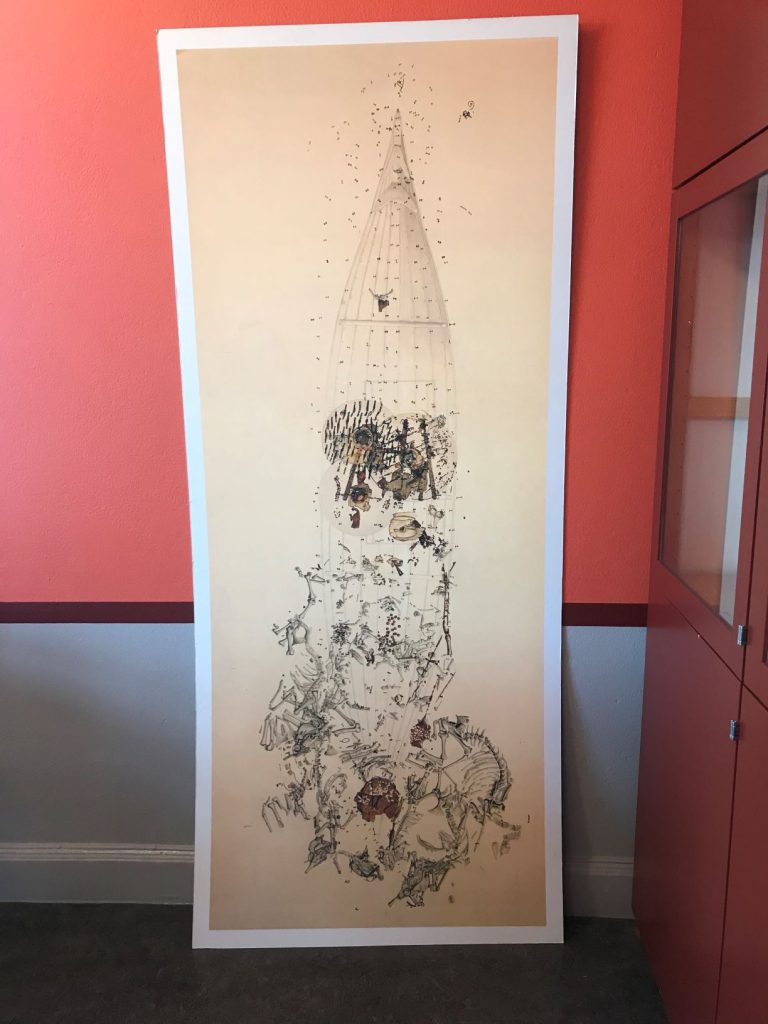
There were piles of metals from these boat graves called rivets. These rivets had labels on them which were written on metals as well. Metal on metal contact will cause a negative effect on the rivets which might cause the rivet to break into two or more pieces on the point of the metal tag. I learnt how to take the metal tags off the boat rivets with the use of small pliers. The labels on the metal tags were numbers that described what boat grave the rivets belonged to and its position in the boat. The numbers where then written on paper tags which I had to attach in little boxes made from cardboards, this was done after placing the boat rivets in each box. This wasn’t the last part of it. All rivets were also documented in the computer, inputting the right metadata so that accesses can be gained not only physically but also intellectually.
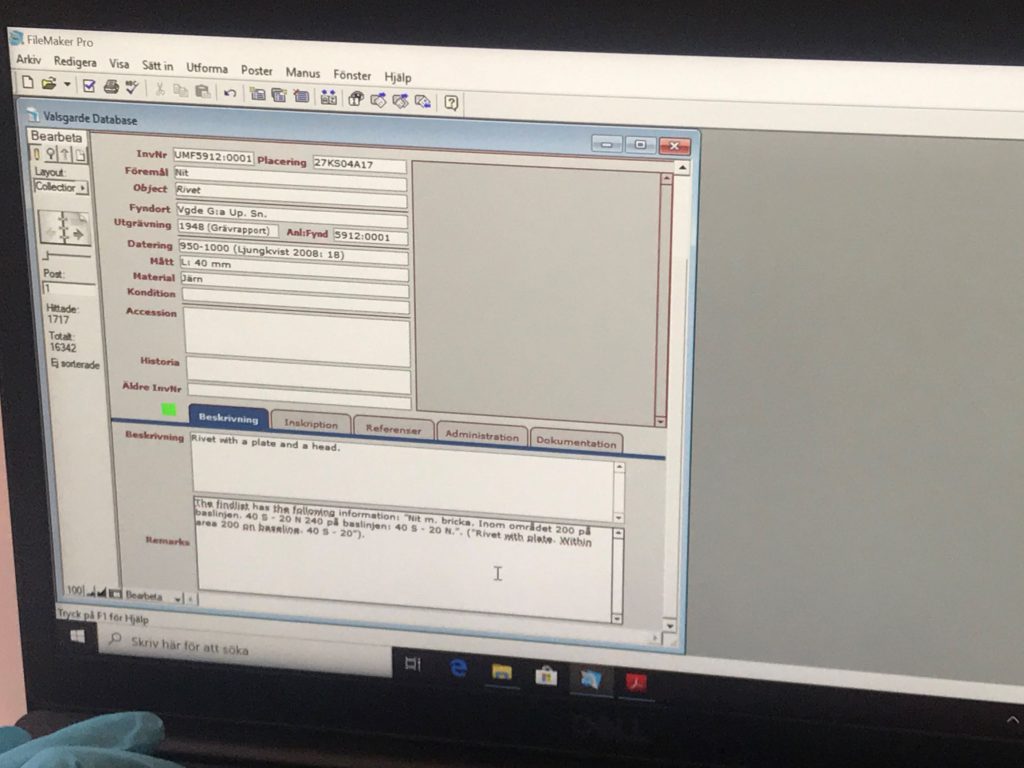
The second section was learning to digitize objects with the use of a camera and computer. The computer is usually connected to a server, where all digitized objects are saved. Firstly, was to take a good picture of your object, then edit on the computer using photoshop. I learnt how to take a good picture, by looking into the camera lens, ensuring the object is in the little square which is the centre of focus. This can be adjusted to remove extremities. One other thing to take into consideration is to ensure there is good lighting for a good outcome. The picture is then saved into a nif file. Nif files are raw photographs that makes it is easy to work on a picture in whatever way you want instead of jpeg files which has lots of pixels but usually not the best quality you would want . One major rule in editing is to ensure that you do not save over the original file.
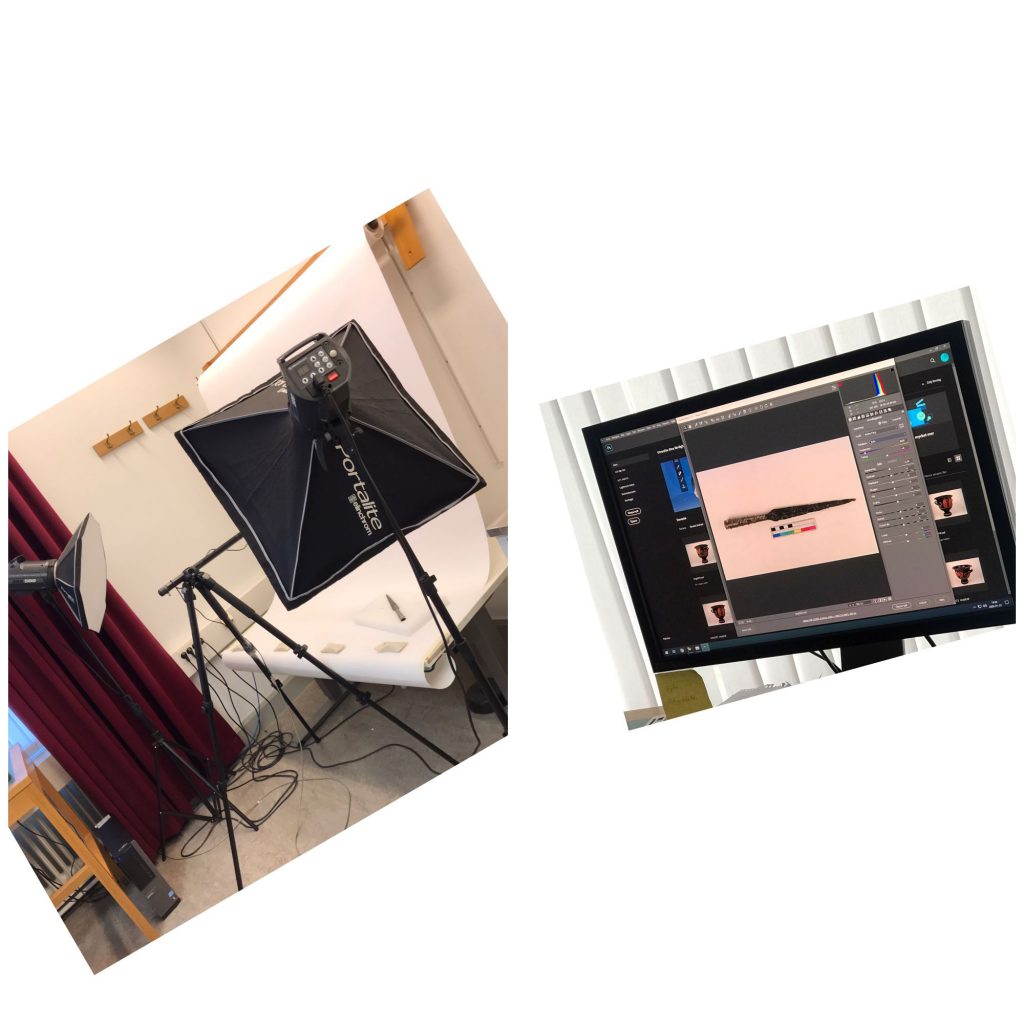
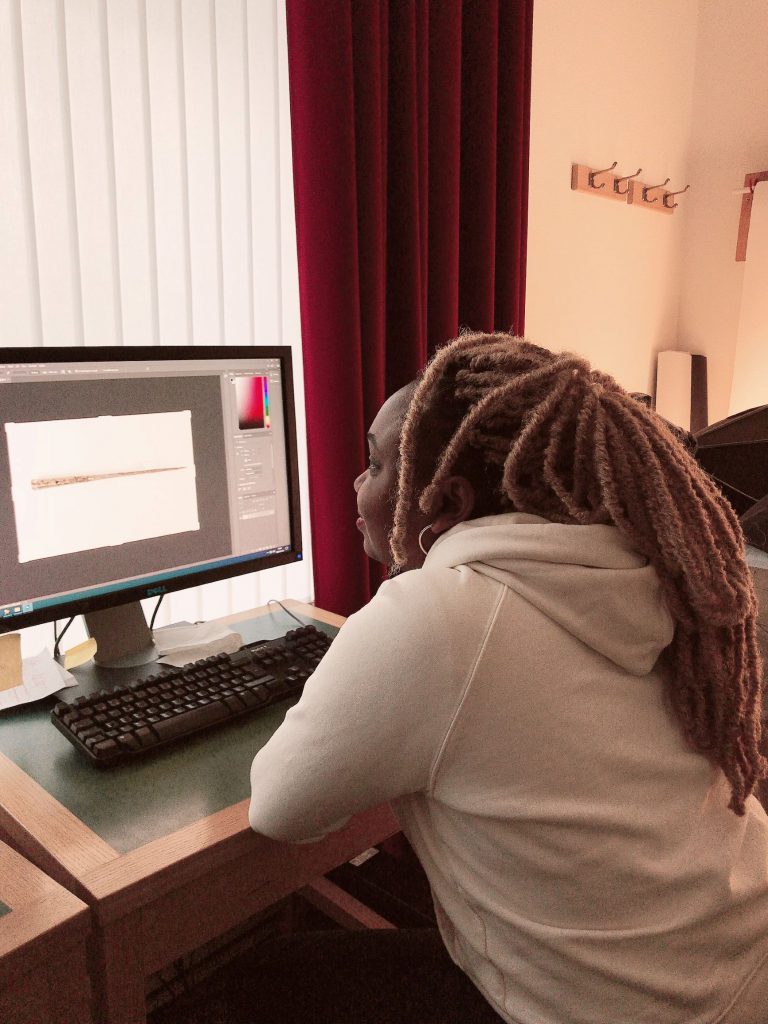
Polystyrene is a synthetic aromatic hydrocarbon polymer made from the monomer styrene. It can last for a very long period of time and it is nonacidic. The importance of this material to objects is that it helps hold them firmly to prevent breakage and also prevents loss of any parts of the objects as most of these objects are very fragile and needs to be handled with care. So, I carved out the shape of objects into the polystyrene before placing the objects into it. Ensuring too that their number tags is attached to each item.
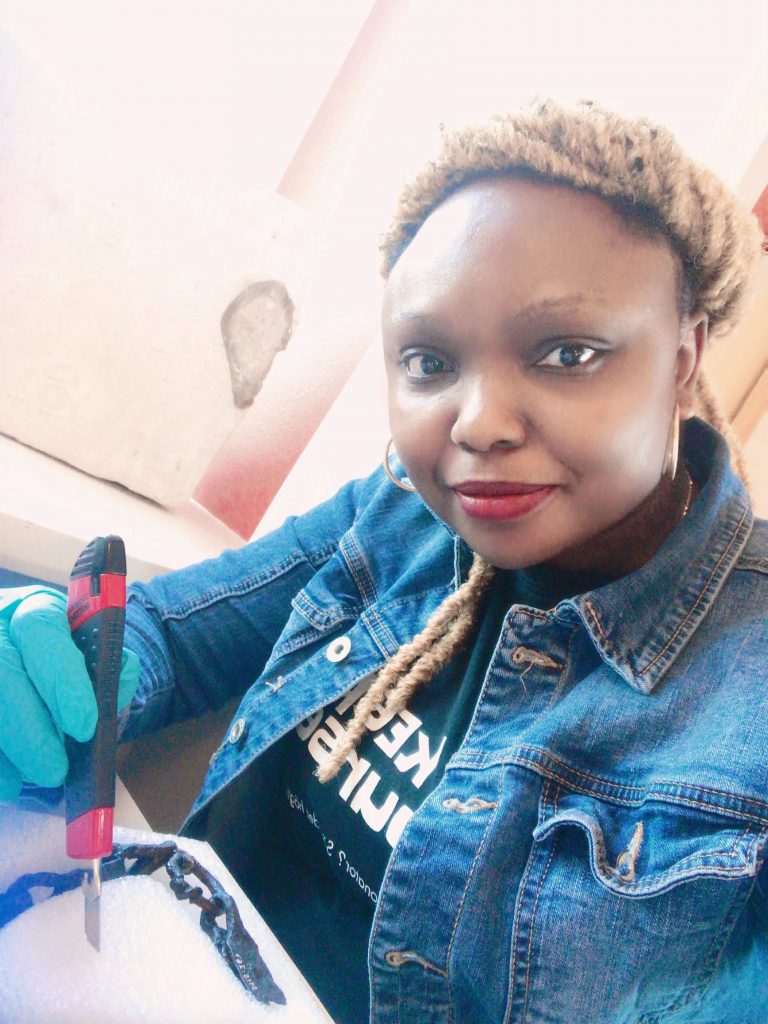
In conclusion, I had a wonderful and useful experience at the Gustavianum Storage facility, but I still feel I need to develop more on the digitization aspect in making use of the camera and the photoshop program. I also wish the internship period was longer to enable me perfect the skills I developed.
